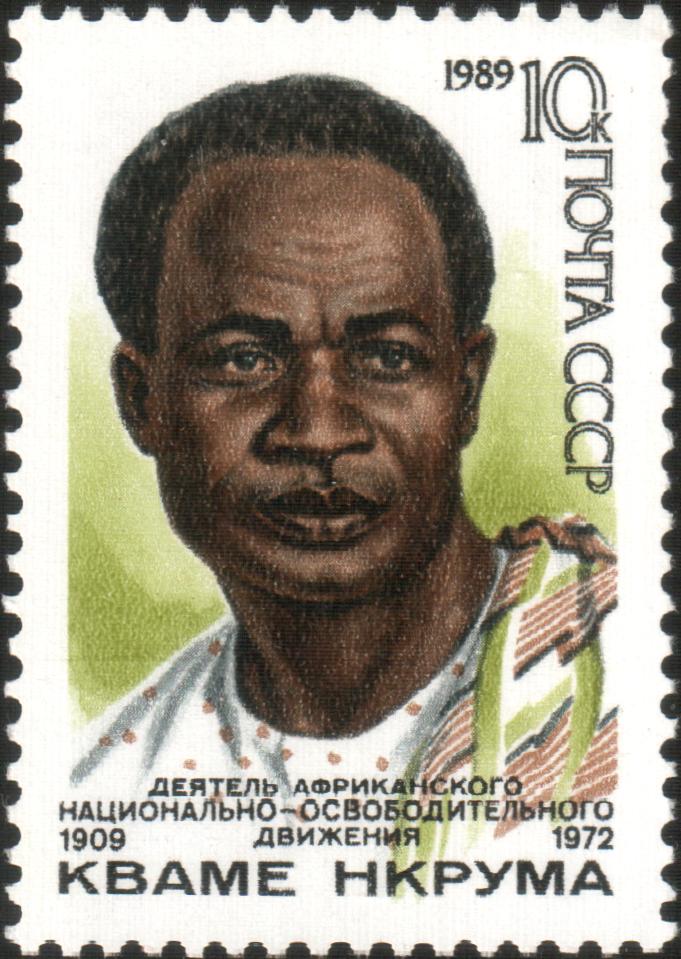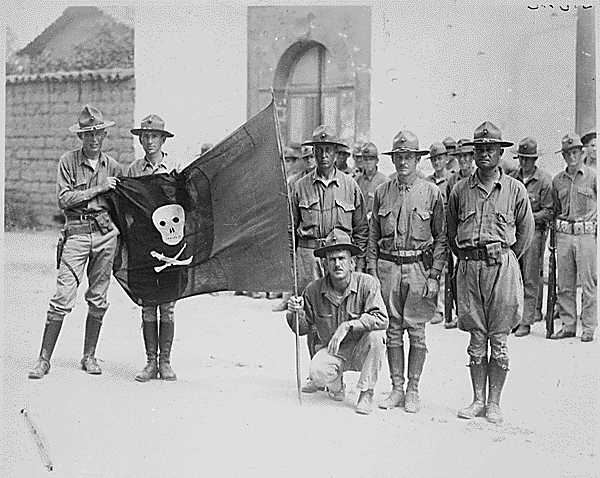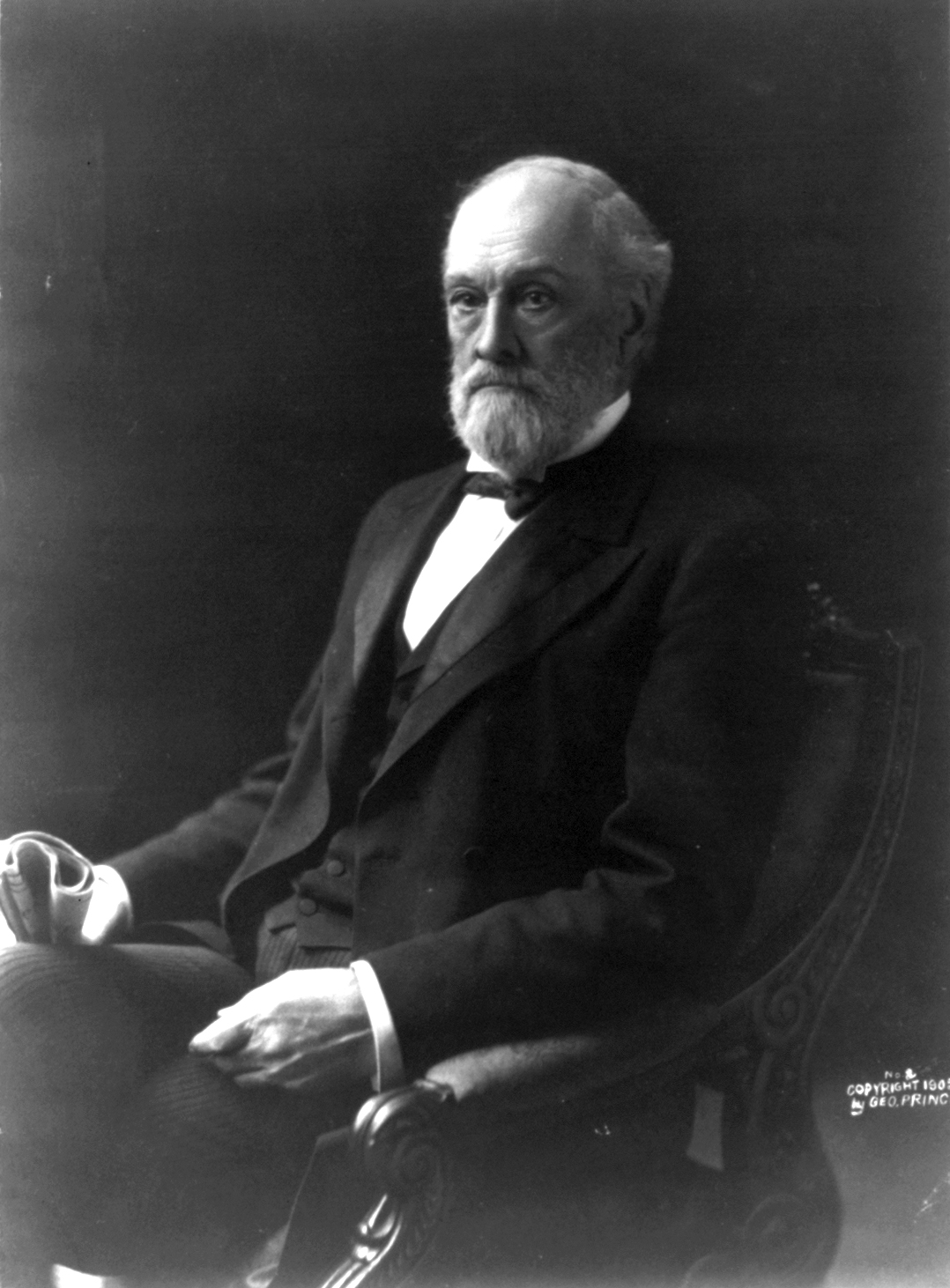|
Sugar Intervention
The Sugar Intervention refers to the events in Cuba between 1917 and 1922, when the United States Marine Corps was stationed on the island. Background When conservative Cuban president Mario García Menocal was re-elected in November 1916, liberals began to question the circumstances behind his re-election. The controversy escalated into a military insurgency in the country, led by former president José Miguel Gómez and aided by Pino Guerra and Merito Acosta.Musicant, I, The Banana Wars, 1990, New York: MacMillan Publishing Co., The left-wing forces were mostly acting in Eastern Cuba, however, and were insufficient to overthrow the government. On February 12, the USS Paducah (PG-18) landed men, following a request for protection from American sugarcane plantation owners. By March 1917, the liberal forces in Western Cuba were mostly dispersed, and in the east, they lost in the Battle of Caicaje, after which many leaders of the liberal movement were captured, including Gomez a ... [...More Info...] [...Related Items...] OR: [Wikipedia] [Google] [Baidu] |
Neocolonial Republic
Neocolonialism is the continuation or reimposition of imperialist rule by a state (usually, a former colonial power) over another nominally independent state (usually, a former colony). Neocolonialism takes the form of economic imperialism, globalization, cultural imperialism and conditional aid to influence or control a developing country instead of the previous colonial methods of direct military control or indirect political control (hegemony). Neocolonialism differs from standard globalisation and development aid in that it typically results in a relationship of dependence, subservience, or financial obligation towards the neocolonialist nation. This may result in an undue degree of political control or spiraling debt obligations, functionally imitating the relationship of traditional colonialism. Neocolonialism frequently affects all levels of society, creating neo-colonial systems that disadvantage local communities, such as neo-colonial science. Coined by the French p ... [...More Info...] [...Related Items...] OR: [Wikipedia] [Google] [Baidu] |
World War I
World War I (28 July 1914 11 November 1918), often abbreviated as WWI, was one of the deadliest global conflicts in history. Belligerents included much of Europe, the Russian Empire, the United States, and the Ottoman Empire, with fighting occurring throughout Europe, the Middle East, Africa, the Pacific, and parts of Asia. An estimated 9 million soldiers were killed in combat, plus another 23 million wounded, while 5 million civilians died as a result of military action, hunger, and disease. Millions more died in genocides within the Ottoman Empire and in the 1918 influenza pandemic, which was exacerbated by the movement of combatants during the war. Prior to 1914, the European great powers were divided between the Triple Entente (comprising France, Russia, and Britain) and the Triple Alliance (containing Germany, Austria-Hungary, and Italy). Tensions in the Balkans came to a head on 28 June 1914, following the assassination of Archduke Franz Ferdin ... [...More Info...] [...Related Items...] OR: [Wikipedia] [Google] [Baidu] |
Banana Wars
The Banana Wars were a series of conflicts that consisted of military occupation, police action, and intervention by the United States in Central America and the Caribbean between the end of the Spanish–American War in 1898 and the inception of the Good Neighbor Policy in 1934. The military interventions were primarily carried out by the United States Marine Corps, who also developed a manual, the '' Small Wars Manual'' (1921) based on their experiences. On occasion, the United States Navy provided gunfire support and troops from the United States Army were also deployed. With the Treaty of Paris signed in 1898, control of Cuba, Puerto Rico, Guam, and the Philippines fell to the United States (surrendered from Spain). Following this, the United States proceeded to conduct military interventions in Cuba, Panama, Honduras, Nicaragua, Mexico, Haiti, and the Dominican Republic. These conflicts ended with the withdrawal of troops from Haiti in 1934 under President Franklin D. Roo ... [...More Info...] [...Related Items...] OR: [Wikipedia] [Google] [Baidu] |
1910s In Cuba
Year 191 ( CXCI) was a common year starting on Friday (link will display the full calendar) of the Julian calendar. At the time, it was known as the Year of the Consulship of Apronianus and Bradua (or, less frequently, year 944 ''Ab urbe condita''). The denomination 191 for this year has been used since the early medieval period, when the Anno Domini calendar era became the prevalent method in Europe for naming years. Events By place Parthia * King Vologases IV of Parthia dies after a 44-year reign, and is succeeded by his son Vologases V. China * A coalition of Chinese warlords from the east of Hangu Pass launches a punitive campaign against the warlord Dong Zhuo, who seized control of the central government in 189, and held the figurehead Emperor Xian hostage. After suffering some defeats against the coalition forces, Dong Zhuo forcefully relocates the imperial capital from Luoyang to Chang'an. Before leaving, Dong Zhuo orders his troops to loot the tombs of the Ha ... [...More Info...] [...Related Items...] OR: [Wikipedia] [Google] [Baidu] |
Second Occupation Of Cuba
The Provisional Government of Cuba lasted from September 1906 to February 1909. This period was also referred to as the Second Occupation of Cuba. When the government of Cuban President Tomás Estrada Palma collapsed, U.S. President Theodore Roosevelt ordered U.S. military forces into Cuba. Their mission was to prevent fighting between the Cubans, to protect U.S. economic interests there, and to hold free elections in order to establish a new and legitimate government. Following the election of José Miguel Gómez in November 1908, U.S. officials judged the situation in Cuba sufficiently stable for the U.S. to withdraw its troops, a process that was completed in February 1909.Beede, pg. 28-30 An earlier occupation lasted from 1898–1902, from the conclusion of peace between the United States and Spain at the end of the Spanish–American War until the inauguration of the Republic of Cuba. Background The role of the United States in Cuban affairs, its responsibilities and pre ... [...More Info...] [...Related Items...] OR: [Wikipedia] [Google] [Baidu] |
First Occupation Of Cuba
The United States Military Government in Cuba (Spanish: ''Gobierno militar estadounidense en Cuba'' or ''Gobierno militar americano en Cuba''), was a provisional military government in Cuba that was established in the aftermath of the Spanish–American War in 1898 when Spain ceded Cuba to the United States. This period was also referred to as the First Occupation of Cuba, to distinguish it from a second occupation from 1906 to 1909. United States Army forces involved in the garrisoning of the island during this time were honored with the Army of Cuban Occupation Medal after its establishment in 1915. Timeline ;1898 * 15 February: The USS ''Maine'' explodes in Havana harbor. * 20 April: President McKinley signs a congressional joint resolution declaring war against Spain. It includes the Teller Amendment asserting U.S. intentions in declaring war on Spain exclude exercising "sovereignty, jurisdiction or control" over Cuba, "except for pacification thereof". * 10 December: ... [...More Info...] [...Related Items...] OR: [Wikipedia] [Google] [Baidu] |
Guantánamo
Guantánamo (, , ) is a municipality and city in southeast Cuba and capital of Guantánamo Province. Guantánamo is served by the Caimanera port near the Guantanamo Bay Naval Base, site of a U.S. naval base. The area produces sugarcane and cotton wool. These are traditional parts of the economy. History The city was founded in 1797 in the area of a farm named ''Santa Catalina''. The toponym "Guantánamo" means, in Taíno language, "land between the rivers".Guantánamo on EcuRed Geography The municipality is mountainous in the north, at Alejandro de Humboldt National Park, where it overlays the Sierra Maestra (mountains), and borders the Windward Passage of the Caribbean Sea in the south. It is crossed by the Bano, Guantánamo, Yateras, Guaso, San Andrés, and Sabanalamar rivers. The city is spread with a sq ...[...More Info...] [...Related Items...] OR: [Wikipedia] [Google] [Baidu] |
Platt Amendment
On March 2, 1901, the Platt Amendment was passed as part of the 1901 Army Appropriations Bill.1901 Platt Amendment commentary at the US Archives online It stipulated seven conditions for the withdrawal of United States troops remaining in Cuba at the end of the Spanish–American War, and an eighth condition that Cuba signs a treaty accepting these seven conditions. It defined the terms of Cuban–U.S. relations essentially to be American imperialism, an unequal one of U.S. dominance over Cuba. On June 12, 1901, Cuba amended its 1901 Constitution of Cuba, constitution to contain, word for word, the seven applicable demands of the Platt Amendment. On May 22, 1903, Cuba entered into a treaty with the United States to make the same required seven pledges: the Cuban–American Treaty of Relations (1903), Cuban� ... [...More Info...] [...Related Items...] OR: [Wikipedia] [Google] [Baidu] |
Oriente Province
Oriente (, "East") was the easternmost province of Cuba until 1976. The term "Oriente" is still used to refer to the eastern part of the country, which currently is divided into five different provinces. Fidel and Raúl Castro were born in a small town in this province (Birán). The origins of Oriente lie in the 1607 division of Cuba into a western and eastern administration. The eastern part was governed from Santiago de Cuba and it was subordinate to the national government in Havana. In 1807, Cuba was divided into three ''departamentos'': Occidental, Central and Oriental. This arrangement lasted until 1851, when the central department was merged back into the West. In 1878, Cuba was divided into six provinces. Oriente remained intact but was officially renamed to Santiago de Cuba Province until the name was reverted to Oriente in 1905. This lasted until 1976, when the province was split into five different provinces: Las Tunas Province, Granma Province, Holguín Province, San ... [...More Info...] [...Related Items...] OR: [Wikipedia] [Google] [Baidu] |
Allies Of World War I
The Allies of World War I, Entente Powers, or Allied Powers were a coalition of countries led by France, the United Kingdom, Russia, Italy, Japan, and the United States against the Central Powers of Germany, Austria-Hungary, the Ottoman Empire, Bulgaria, and their colonies during the First World War (1914–1918). By the end of the first decade of the 20th century, the major European powers were divided between the Triple Entente and the Triple Alliance. The Triple Entente was made up of France, Britain, and Russia. The Triple Alliance was originally composed of Germany, Austria–Hungary, and Italy, but Italy remained neutral in 1914. As the war progressed, each coalition added new members. Japan joined the Entente in 1914 and after proclaiming its neutrality at the beginning of the war, Italy also joined the Entente in 1915. The term "Allies" became more widely used than "Entente", although France, Britain, Russia, and Italy were also referred to as the Quadruple Entente ... [...More Info...] [...Related Items...] OR: [Wikipedia] [Google] [Baidu] |
Henry Morgan (envoy)
Sir Henry Morgan ( cy, Harri Morgan; – 25 August 1688) was a Welsh privateer, plantation owner, and, later, Lieutenant Governor of Jamaica. From his base in Port Royal, Jamaica, he raided settlements and shipping on the Spanish Main, becoming wealthy as he did so. With the prize money from the raids, he purchased three large sugar plantations on the island. Much of Morgan's early life is unknown. He was born in an area of Monmouthshire that is now part of the city of Cardiff. It is not known how he made his way to the West Indies, or how he began his career as a privateer. He was probably a member of a group of raiders led by Sir Christopher Myngs in the early 1660s during the Anglo-Spanish War. Morgan became a close friend of Sir Thomas Modyford, the Governor of Jamaica. When diplomatic relations between the Kingdom of England and Spain worsened in 1667, Modyford gave Morgan a letter of marque, a licence to attack and seize Spanish vessels. Morgan subsequently conducted ... [...More Info...] [...Related Items...] OR: [Wikipedia] [Google] [Baidu] |
United States Marine Corps
The United States Marine Corps (USMC), also referred to as the United States Marines, is the maritime land force service branch of the United States Armed Forces responsible for conducting expeditionary and amphibious operations through combined arms, implementing its own infantry, artillery, aerial, and special operations forces. The U.S. Marine Corps is one of the eight uniformed services of the United States. The Marine Corps has been part of the U.S. Department of the Navy since 30 June 1834 with its sister service, the United States Navy. The USMC operates installations on land and aboard sea-going amphibious warfare ships around the world. Additionally, several of the Marines' tactical aviation squadrons, primarily Marine Fighter Attack squadrons, are also embedded in Navy carrier air wings and operate from the aircraft carriers. The history of the Marine Corps began when two battalions of Continental Marines were formed on 10 November 1775 in Philadelphia as ... [...More Info...] [...Related Items...] OR: [Wikipedia] [Google] [Baidu] |




